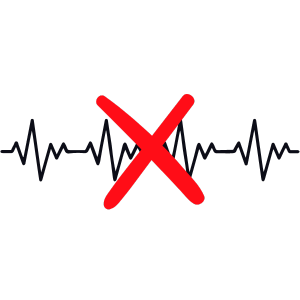Why Teaching Steady Beat First Might Not Be the Best Approach for Young Pianists
Did you know that steady beat is not the first thing you should teach to a young child? Although it’s the first lesson in many piano books, it’s not the ideal starting point for a child's musical journey. Instead, the first thing a child needs to learn is how to listen to long and short sounds.
Hi, my name is Kay Lowry, and I started out as a classroom teacher. Now, for over 40 years, I’ve been a piano teacher, and I focus on teaching kids how to listen before they start playing the piano. In this post, I’m going to share three important concepts you can use in your lessons with young children to make them better listeners.
The first concept is long and short. Long and short is the foundation of rhythm and even beat. When a student hears a long note, they need to recognize its length, and when they hear a short note, they need to understand its brevity. To explain this concept, I like to make it concrete by using as many of the five senses as possible. Visual aids are crucial since 10 million out of our 11 million sensory receptors are related to sight. I show students a long line and a short dot, and I have them trace the shapes, giving them a tactile experience. As they do this, they say "long" and "short" to reinforce the concept. You can incorporate similar activities with your young students before moving on to the piano, where they can practice hearing and playing long and short notes.
Page from a lesson on Long and Short, from “The Little Red Piano”
The second foundation is high and low. Many people, including adults, mistakenly think that high means louder, but it actually refers to pitch. This can be confusing for young kids because we associate "high" with things in the sky and "low" with things on the ground. Take time to explore what "high" means by vocalizing high sounds like a "beep beep" or mimicking a siren. Pair this with physical movements so students can see and feel the difference. You can also draw high and low lines on paper, turn the paper on its side, and show how the high notes are on the right side of the piano and the low notes are on the left. With repetition, children will grasp this concept.
A great visual on “high” from “The Little Red Piano” book
The third and last concept is up and down. Up and down are different from high and low because they refer to the way notes move. Again, use visuals, drawings, and motor movements to help students explore these directions before they try it out on the piano. At this stage, the focus should be on exploring the piano, not on which fingers to use.
Have students trace the arrow from left to right. (from “The Little Red Piano”)
If you found these ideas helpful, I have a sample lesson available for you on long and short sounds, which you can experiment with in your lessons.
Additionally, I’ve written a book for children called The Little Red Piano, which explores these concepts and more. You can find it on Amazon.
Prefer a digital version? Grab the instant, studio-licensed digital download! It’s over 60 pages of engaging story, and easy, effective lessons for a young preschooler or early beginner. Get the digital book here:
I hope this post has been helpful in guiding you as a teacher to help your students become better listeners.




